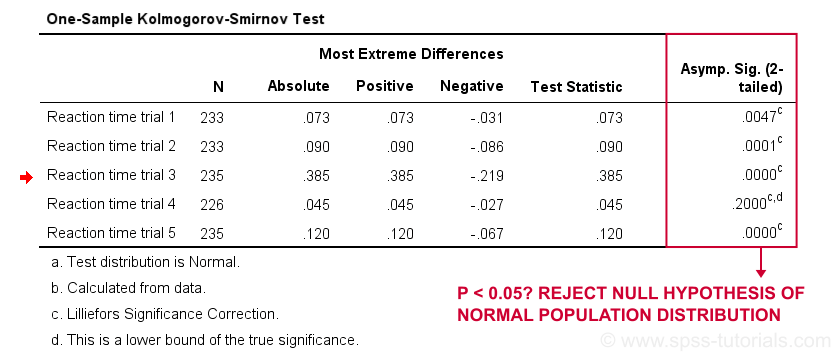

Go to the object inspector > Inputs > DIAGNOSTICS >Test Residual Normality (Shapiro-Wilk), or go to Anything > Advanced Analysis > Regression > Diagnostics > Test Residual Normality (Shapiro-Wilk). Perform the Shapiro-Wilk test for normality.Pearsons and Spearmans tests were run to determine the relationship between the post-TOLT scores and the. Shapiro-Wilk test (see description for updated video) 41 related questions found. A Shapiro-Wilk test showed that the assumption of normality was violated for both the post-TOLT score and the CTT score of the whole sample (p 0.009 and p 0.037, respectively). The Shapiro-Wilk test, proposed in 1965, calculates a W statistic that tests whether a random sample, x1,, x2,, ldots,, xn comes from (specifically) a normal distribution. Does anyone have an idea how the P-value might. However, if I'm trying to run a t-test, it says: Normality Test (Shapiro-Wilk) Failed (P 0.003) Here it seems that there is only one P-value for both populations, which is a bit confusing to me. The ShapiroWilk test, which is a well-known nonparametric test for evaluating whether the observations deviate from the normal curve, yields a value equal to 0.894 ( P < 0.000) thus, the hypothesis of normality is rejected.
#SHAPIRO WILK TEST HOW TO#
doi:10.4135/9781412952644.This article describes how to Test Residual Normality (Shapiro-Wilk) of regression models. Test of logical thinking and computational thinking test. population1: W-Statistic 0.900 P 0.057 Passed population2: W-Statistic 0.912 P 0.094 Passed. Monte Carlo simulation results provide evidence that the nominal test. Shapiro-wilk test for normality In:Shapiro-Wilk test for normality Encyclopedia of measurement and statistics Thousand Oaks, CA: Sage Publications, Inc. version of the Shapiro-Wilk test is used for testing multivariate normality. Edited by Thousand Oaks: Sage Publications, Inc., 2007, pp. "Shapiro-Wilk Test for Normality." Encyclopedia of Measurement and Statistics. As the program does the normality test by default before running the t-test, I thought this would be a kind of standard procedure to do. The t-test is not further specified, I was just trying to test if the two populations have significant different means. The Shapiro-Wilk Test is more appropriate for small sample sizes (< 50 samples), but can also handle sample sizes as large as 2000. Encyclopedia of Measurement and Statistics, Thousand Oaks, CA: Sage Publications, Inc. begingroup I was running the t-test in SigmaPlot 12.5, where I used the option compare two groups -> t-test. A Shapiro-Wilk test can indicate whether the difference between two columns appears to be follow a normal (Gaussian) distribution. The Prob < W value listed in the output is the p-value. The null hypothesis for this test is that the data are normally distributed.

Thousand Oaks, CA: Sage Publications, Inc., 2007. The Shapiro-Wilk test is a test for normal distribution exhibiting high power, leading to good results even with a small number of observations. The Shapiro-Wilk test for normality is available when using the Distribution platform to examine a continuous variable. Some statisticians claim the latter is worse due to its lower statistical power. Like so, the Shapiro-Wilk serves the exact same purpose as the Kolmogorov-Smirnov test. It is based on the correlation between the data and. "Shapiro-Wilk Test for Normality." In Encyclopedia of Measurement and Statistics, edited by Salkind, Neil J., 884-86. Shapiro-Wilk Test - What is It The Shapiro-Wilk test examines if a variable is normally distributed in some population. Shapiro-Wilks method is widely recommended for normality test and it provides better power than K-S. In Encyclopedia of measurement and statistics (pp.


 0 kommentar(er)
0 kommentar(er)
